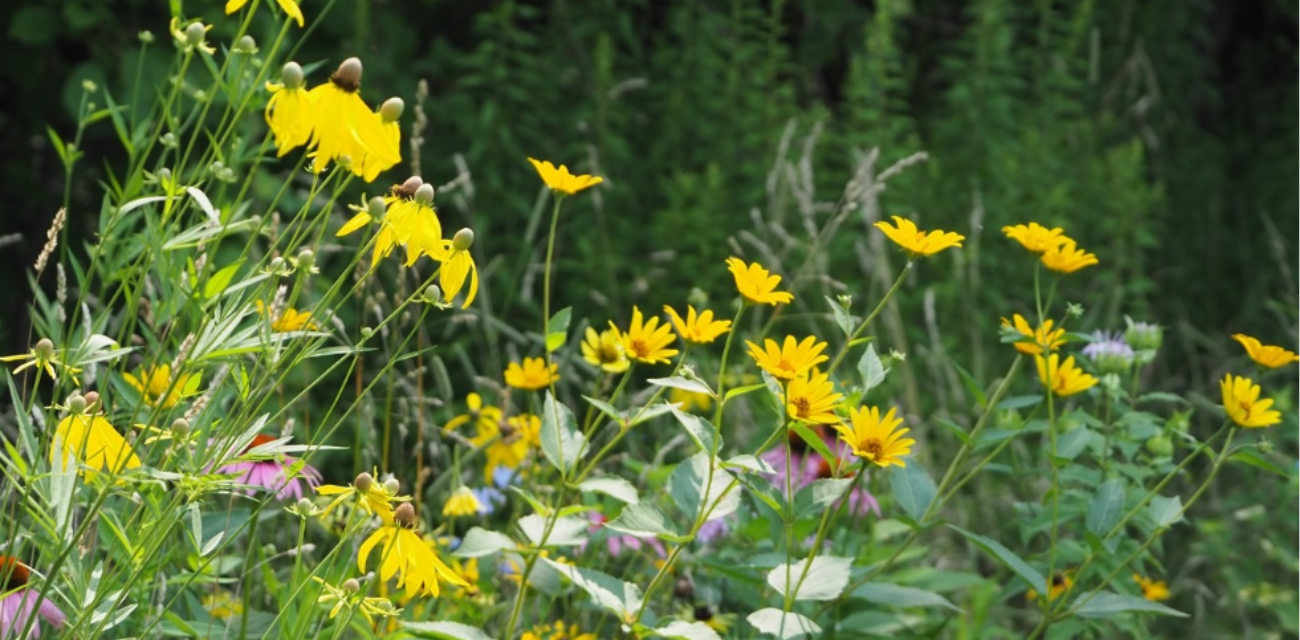What’s in a name? Detroit Audubon Considers

Authored by

Ellen Vial
Connect With the Experts

Ellen Vial
What’s in a name?
One of the more noticeable impacts of the racial justice protests in the summer of 2020 was the wave of statue removals and name changes. The bulk of the name changes were directed at eponyms of slave owners and Confederate leaders. Across the country, communities set about stripping streets, buildings, and sports teams of racially and culturally insensitive titles.
The environmental community was certainly not absolved of this reckoning. The Sierra Club publicly confronted racist views held by its famed founder, John Muir. And another iconic American conservation organization found themselves under pressure from members and local chapters to address the problematic history of its namesake: John James Audubon.
In March of this year, the National Audubon Society announced that after a year of review, the organization would be keeping its name. The decision was met with frustration and disappointment from chapters around the country, some of whom had already changed their names or were in the process of doing so.
Detroit Audubon, one of the Environmental Council’s founding members, had hoped it might be able to follow national chapter’s lead on a new name. In May, the board of directors voted to join the ranks of chapters shedding the Audubon moniker.
“He was never a conservationist,” Gretchen Abrams, Detroit Audubon’s executive director, said of her organization’s namesake at her new eastside Detroit office. “He was a painter, an admirer of birds.”
It wasn’t until decades after his death in 1851 that Audubon’s name and paintings were used by conservationists to popularize the idea of bird conservation. Outside of his impact on ornithology and natural realism, Audubon was a not a good guy. He was born in Saint Domingue (now Haiti) to a wealthy sugarcane plantation owner. The true identity of his mother is unknown. Some scholars speculate that his mother was of Haitian-Creole descent, making Audubon himself part Black.
Audubon was sent to France at the onset of the Haitian Revolution, where he remained until age 18. In order to avoid conscription in the Napoleonic wars, Audubon’s father sent him to Pennsylvania in 1803, where he bought a lead mine for his son to manage.
Apparently lacking his father’s business sensibilities, Audubon eventually gave up mining to pursue his true passion: drawing and painting birds. His wife supported their family while he traveled about collecting birds for his portfolio. He was a vocal anti-abolitionist, and was known to buy and sell slaves to fund his travels. He also fraternized with eugenicists and even exhumed skulls of Native Americans for his “scientist” friends to study.
All told, it was no surprise to hear the frustration in Abrams’ voice as she talked about the national chapter’s reasoning behind its decision. “It was brand recognition,” she said. “[They said] the name is now associated with birds and no longer with the man.”
But Abrams challenges that assumption, at least for her own chapter.
“If you’re not in the conservation world and you’re under 35, the chance that you recognize the name ‘Detroit Audubon’ is slim.”
For Abrams, the name must be considered in the context of the communities in which the work is being done. “Detroit is, and I don’t have to tell you, 85% people of color, and 77% African American… Why are we continuing to honor someone who, one, wasn’t even a conservationist, and, two, felt that his race, self-proclaimed white, was above all else?”
Detroit Audubon is not the only chapter that sees the Audubon name as a barrier to engaging its community around bird conservation. Seattle, Portland, Madison, Chicago, Washington D.C., and New York City have also decided to drop the Audubon name. As of last fall, Washington D.C. is now Nature Forward. Seattle Audubon is now Birds Connect Seattle. Each group’s website cites virtually identical reasoning for the name change, even in the face of the National Audubon Society’s decision to keep its own: organizational commitments to diversity, equity, and inclusion stand directly at odds with memorializing a racist, eugenicist slave owner.
All of these groups intend to maintain their affiliation to the National Audubon Society, and National has even been instrumental in connecting them to one another as they embark on their name-change processes. Detroit Audubon is working with the Chicago and Madison chapters in the hopes that they might all coordinate their new names. Birds Connect Seattle has indicated that the Great Lakes chapters are all welcome to use “Birds Connect.”
Abrams, for one, is a proponent of coordinating names with other chapters.
“Having an affiliation with a larger network benefits everyone, especially birds,” she said.
Continuing to share research and resources is paramount to bird conservation. Since 1970, North America alone has lost 3 billion birds.
“The more divided we are, the more birds suffer,” Abrams added.
Detroit Audubon plans to announce its new name in September of this year. The board has appointed a special committee to lead the name change process, allowing staff to focus their summer programming. In the meantime, be sure to check out some of its ongoing projects like Detroit Bird City, a joint effort with the Parks and Recreation Department to turn parks and lots into pollinator and bird habitats. You can learn more at its website: https://www.detroitbirdalliance.org.
Discover
Power environmental change today.
Your gift to the Michigan Environmental Council is a powerful investment in the air we breathe, our water and the places we love.
Sign up for environmental news & stories.
"*" indicates required fields




